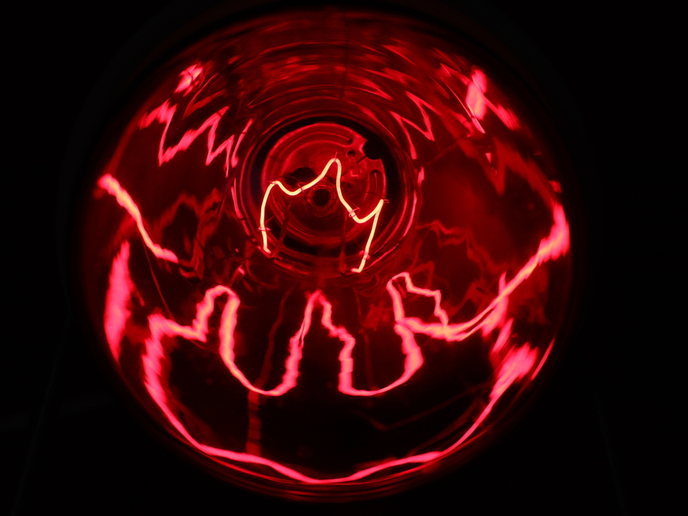Imaging lipids helps understand cell movement and adhesion
During an immune response, leukocytes migrate to the site of infection to tackle the invading pathogen. This cell migration requires the modulation of cell adhesion, an extensively studied process that relies on specialised surface proteins known as integrins. Increasing evidence suggests that lipids present within the cell membrane also serve as regulators of the signalling cascade that modulates integrin affinity. To date, there is no available technology for monitoring the intracellular production and localisation of specific lipids in the context of leukocyte recruitment. Imaging of small molecules in real time in living cells traditionally requires fluorescent proteins. To overcome existing limitations in imaging, scientists of the EU-funded TROJAN-LIPID-SENSOR project developed novel sensors capable of binding directly to lipids. The consortium had to deal with many challenges with respect to sensor development. Scientists initially aimed for an RNA-based lipid biosensor that could be used as a pharmacological tool for cells. Using SELEX technology, the consortium developed RNA-based lipid sensors by carefully choosing RNAs with the capacity to bind to target molecules. The generated lipid sensors comprise a ligand-binding RNA part and the so-called Spinach, a second part that binds and switches on the fluorescence of a small molecule. However, the reaction conditions of the sensor were incompatible with living cells and resulted in suboptimal imaging. Novel technology provides real-time imaging To facilitate imaging of lipid dynamics in the context of leukocyte migration, scientists collaborated with a group at Houston University and used a GFP-conjugated sensor. Combined with advanced fluorescence microscopy, these GFP-conjugated sensors were able to capture the localisation and detect dynamic changes of one key lipid of the cell membrane. ‘Intriguingly, we discovered that this lipid formed small ‘islets’ at the protrusions of the cell membrane,’ explains the postdoctoral investigator Dr Bolomini-Vittori. These protrusions are known as podosomes or ‘small feet’ and are mainly driven by the cell cytoskeleton. ‘Our results demonstrate that lipids facilitate podosome formation possibly by influencing receptor or protein organisation,’ continues Dr Bolomini-Vittori. Furthermore, the collaborating groups identified two enzymes responsible for the production of these lipid molecules at the cell membrane, generating fundamental insight into the mechanism of cell migration. Applications of the lipid sensor Over the years, scientists’ perception of the organisation of the cell membrane has changed dramatically. It is now well-established that apart from a structural role, the distribution of proteins and lipids in specific membrane domains serves particular cellular functions including proliferation, adhesion and migration. As such, membrane domains – and the lipid islets mentioned above – are emerging as appealing targets for the treatment of various neurological and cardiovascular diseases. Drug development efforts to induce or disrupt the structure of these domains may promote or halt specific cell functions associated with these diseases. On a different note, the project co-ordinator Dr Cambi believes that ‘to be able to detect minute and fast changes in cell lipid compositions that accompany the onset of various diseases would be a major step forward for diagnosis.’ In addition to diagnosis and treatment, she envisages the TROJAN-LIPID-SENSOR strategy can be used to investigate the behaviour of cancer cells. Considering that cancer cells invade the surrounding healthy tissue and cause metastases, understanding the role of these lipid islets in cancer cell migration will provide important insight into the mechanism of metastasis.







